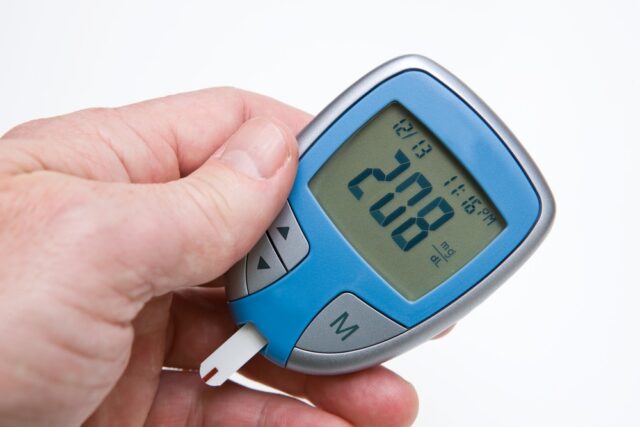
Hyperglycemia is the medical term for high blood sugar and is often associated with the constantly growing chronic disease, which is diabetes. For most people with diabetes, high blood sugar is their primary concern.
You may have hyperglycemia if your blood sugar is over 180 milligrams per deciliter (mg/dL). If you’re not able to manage your blood sugar properly, it can lead to diabetes and may further cause severe complications such as leg amputation and permanent blindness.
So, as much as possible, always maintain your blood sugar and keep it within the normal range. However, if you do not eat the right amount of carbohydrates, which may cause a sudden decrease in your blood sugar, you may be diagnosed with hypoglycemia, the opposite of hyperglycemia. You can read online references to guide you such as AlertFirstAid.
What Are The Two Types Of Hyperglycemia?
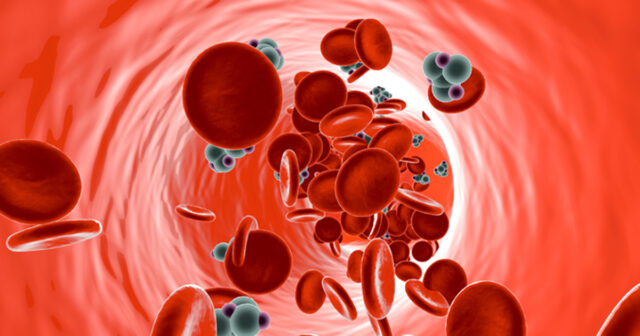
Hyperglycemia is classified into two categories: fasting hyperglycemia and after-meal hyperglycemia. So, what is the difference between the two?
- Fasting Hyperglycemia: The blood sugar of those who have diabetes higher than 130 mg/dL even after fasting for eight hours.
- After-Meal Hyperglycemia: Blood sugar higher is than 180 mg/dL two hours after you ate.
What Causes Hyperglycemia?
Hyperglycemia may occur if:
- You skip or forget your insulin medication
- You are eating a lot of carbohydrate-rich foods, such as rice
- The carb intake is higher than the insulin dosage prescribed
- You have an infection
- You are stressed
- You are having less workout or exercise
What Are The Symptoms Of Hyperglycemia?
You may experience the following symptoms if you have hyperglycemia, such as:
- Always feeling thirsty
- Always need to go to the toilet
- When you have a dry mouth
- When you always feel tired or lethargic
- If you feel uncomfortable
- Your vision becomes blurred
- Extreme and unnatural weight loss
What Are The Ways To Maintain Blood Sugar Levels?
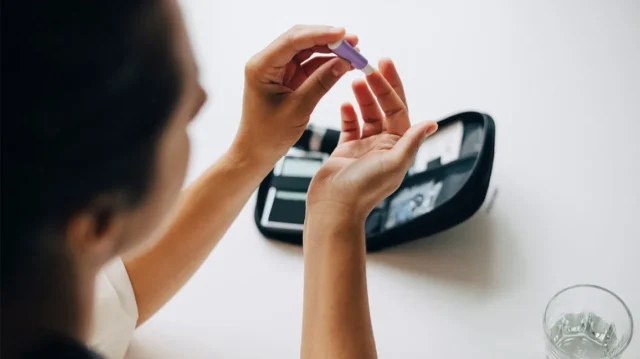
Thankfully, there are ways to lower down or manage hyperglycemia. So, here are science-backed tips to manage your high blood sugar naturally:
1. Have A Regular Exercise
Having regular exercise and workouts can significantly reduce your blood sugar levels and increase your insulin sensitivity. This means that your cells can effectively use sugars in your bloodstream.
As you work out, your body uses blood sugar necessary for muscle contraction and for you to have adequate energy during training.
Furthermore, experts suggest that instead of sitting consistently for more than 30 minutes, consume some ‘exercise snacks.’ These are light walks, squats, or leg raises.
This is to prevent the damage that all-day sitting can do.
2. Note Your Carbs
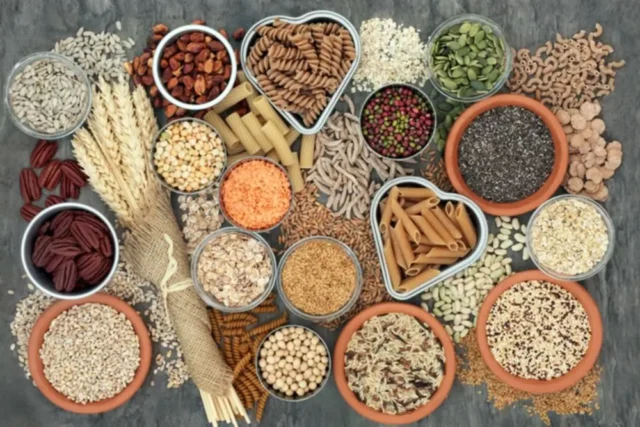
Carbohydrates are the ones highly responsible for your blood sugar activity. As you consume foods high in carbohydrates, your body breaks them down into glucose and other sugar molecules, which will be transformed into energy by your insulin.
However, if you consistently consume so many carbs, your body might fail to produce enough insulin. If this happens, your glucose levels may continue to rise, causing hyperglycemia. That’s why it’s essential to manage your carbs, especially if you have diabetes.
Also, studies found out that if you consume a low-carb diet, your blood sugar levels will reduce to normal, preventing blood sugar spikes.
Furthermore, if you are at risk, it is essential to have a first aid treatment for hyperglycemia to maintain and regulate your blood sugar properly.
3. Eat Plenty Of Fiber
According to experts, fiber helps in slowing down the absorption and digestion of sugars, resulting in a gradual increase in blood sugar levels. To test your blood sugar levels, visit Priority lab testing.
Fiber has two types, soluble and insoluble. According to studies, soluble fiber has significantly improved blood sugar levels of some people experiencing hyperglycemia, while insoluble fiber has not.
Foods that are high in fiber include vegetables, legumes, fruit, and whole grains.
Furthermore, the recommended daily intake of fiber for men is 35 g and 25 g for women.
4. Stay Hydrated

Drinking water helps your kidney flush out excess sugars, maintaining your sugar levels at normal ranges and reducing the risk of having diabetes. Also, always make sure to avoid drinking sweetened beverages, which can cause high blood sugar and increase your chances of having diabetes.
5. Check Foods With Low Glycemic Index
Foods with a low glycemic index (GI) means that they do not easily break down into glucose during digestion, which slows down the increase of blood sugar in your body.
Low GI foods include the following:
- Barley
- Unsweetened Greek yogurt
- Oats
- Beans
- Non-starchy vegetables
- Lentils
- Whole wheat pasta
- Bulgur
- Legumes
Furthermore, you may add protein or healthy fats such as avocado and olive oil to slow down the increase of blood sugar.
6. Sleep Tightly

Getting adequate sleep is essential in maintaining a healthy body. According to experts, quality sleep reduces the risk of having diabetes, increase in weight, and insulin sensitivity.
Furthermore, adults should get at least 7-8 hours of sleep daily. You may do the following to make sure you get a proper good night’s sleep:
- Create a sleep schedule
- Meditate
- Take a warm bath before you sleep
- Avoid coffee or coffee products during late hours
- Avoid working before you sleep
- Exercise regularly
Also, research shows that high-quality sleep lowers your cortisol levels, which is necessary for blood sugar management.
7. Eat Foods With Magnesium And Chromium
According to studies, chromium and magnesium can significantly reduce the risk of high blood sugar and diabetes. However, according to experts, more studies are needed.
Chromium-rich foods are:
- Meats
- Fruits and vegetables
- Nuts
Magnesium-rich foods are:
- Dark and leafy vegetables
- Bananas
- Avocados
- Dark chocolate
- Beans
- Tuna
- Squash and pumpkin seeds
Furthermore, low magnesium levels can cause insulin resistance and decreased glucose tolerance, especially for people with diabetes.
8. Eat Probiotic-Rich Foods
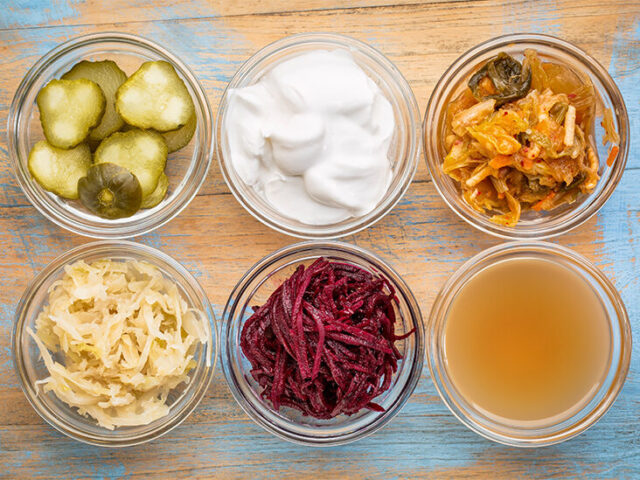
According to studies, probiotic-rich foods are effective in lowering blood sugar and are responsible for regulating blood sugar levels. Also, studies have shown that consistent probiotic intake may help decrease fasting blood sugar, glycated hemoglobin, and insulin resistance, especially for people with type 2 diabetes.
Probiotic-rich foods are:
- Yogurt with live-cultures
- Kimchi
- Sauerkraut
- Kefir
Final Words
There are many and easy ways to manage your blood sugar levels. Most of these include lifestyle habits, staying hydrated, good sleep, and working out regularly. These would significantly improve your health and quality of life. However, if your condition gets severe, be sure to call your doctor immediately, especially if you are taking other medications.












